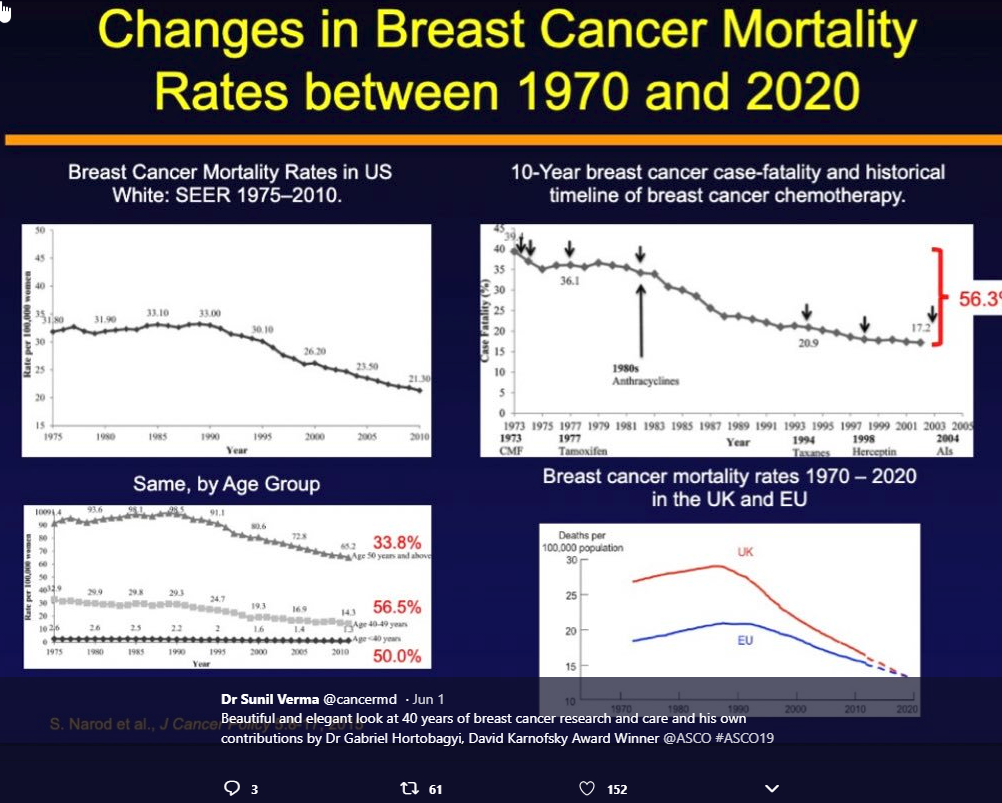71 yo, history of single-lung transplant with T1N1 triple negative breast cancer. immediate surgery (ie no neoadjuvant therapy). s/p full ax dissection (11 nodes) - final path with single positive node and associated ECE.
Would anyone treat axilla in this situation? If it matters the transplanted lung is on the right and the cancer was on the left.
Would anyone treat axilla in this situation? If it matters the transplanted lung is on the right and the cancer was on the left.

